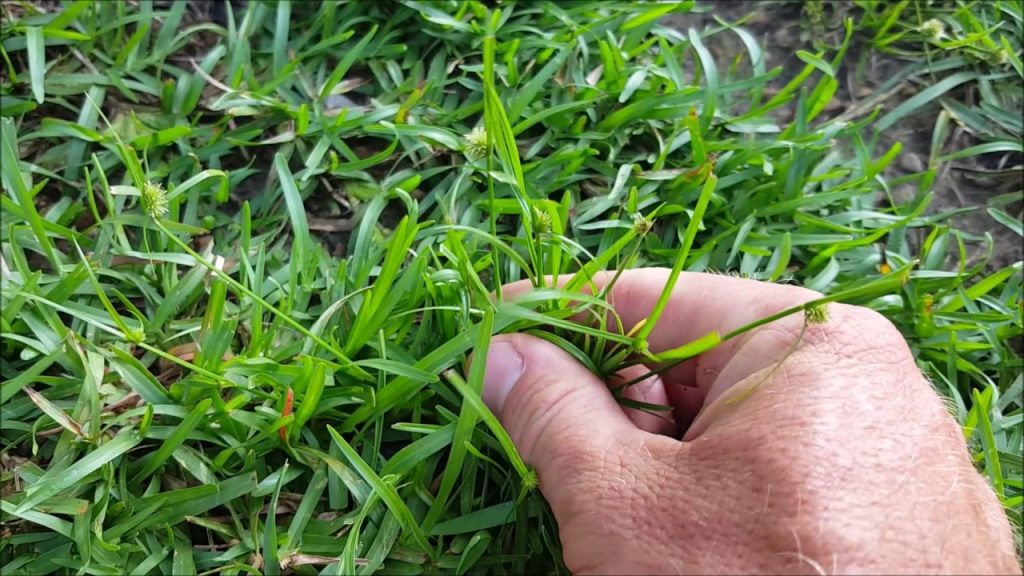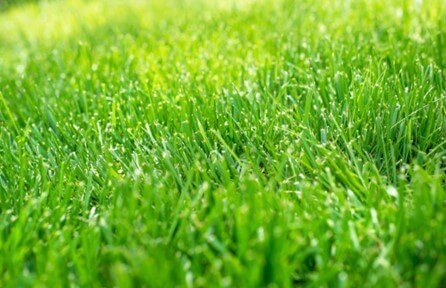1. Crabgrass
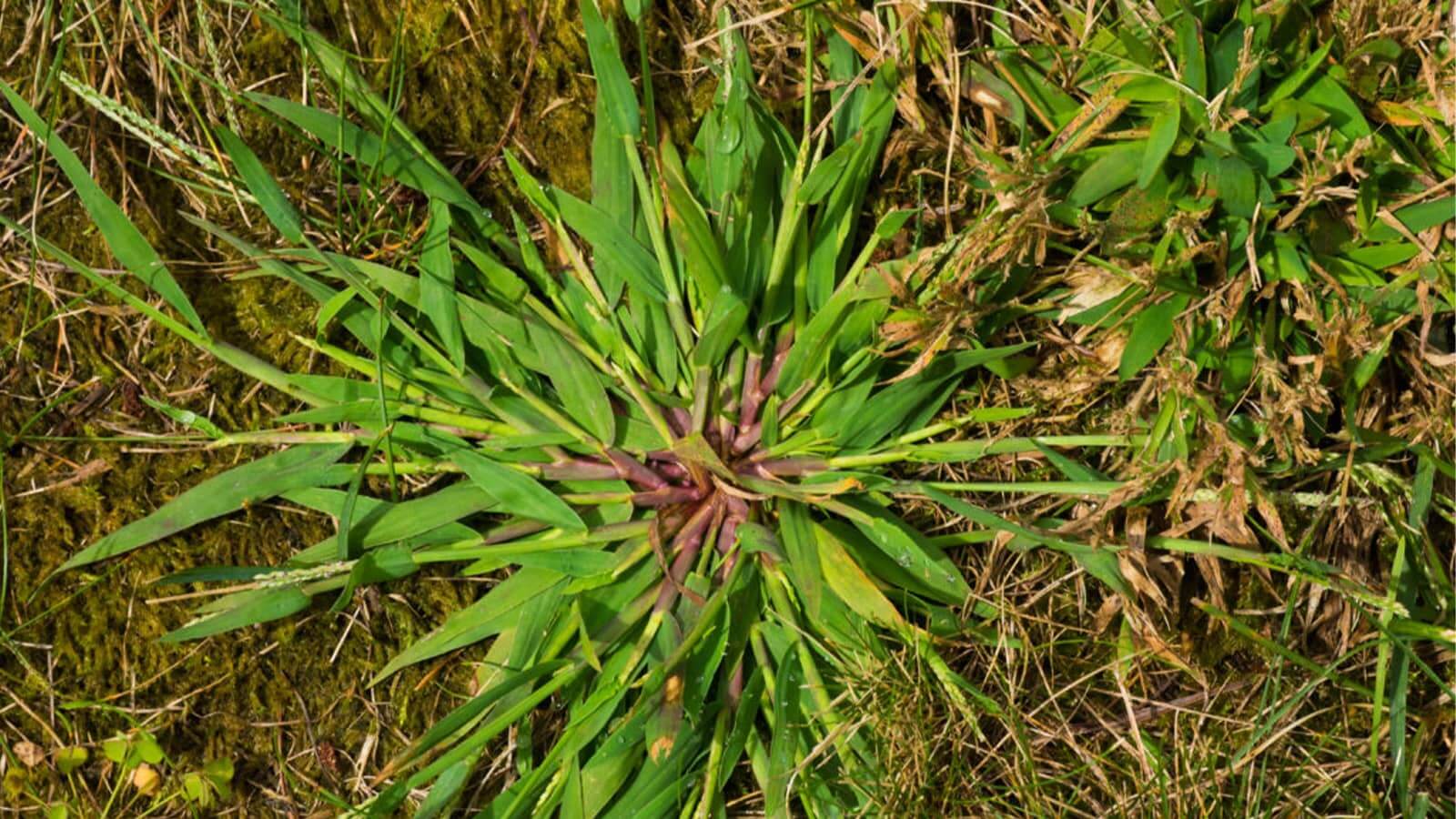
Crabgrass is a summer weed known for its crab-like horizontal spread.
It forms small, distinct patches on lawns, featuring a rough texture.
Its bright green leaves, unique in their widespread, thrive in hot sunlight.
Features:
- Thrives in summer with a need for hot, sunny conditions.
- Bright green, apple-like leaves with a central fold.
- Unique wide-spreading leaves require a thick, healthy lawn with occasional vinegar treatment for optimal growth.
2. Bluegrass
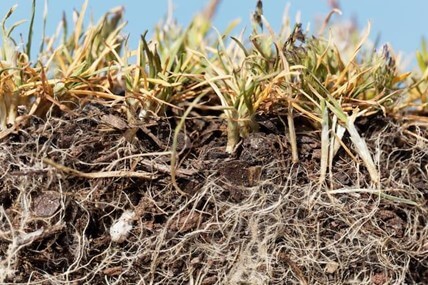
Bluegrass includes Annual and Kentucky varieties, both suited to cold climates.
Kentucky bluegrass offers lush, durable turf in winter, while Annual bluegrass, with its bright green hue, struggles in summer.
Features:
- Best in winter; develops brown patches in summer.
- Prevalent in Georgia, it’s challenging to control due to fast regrowth.
- Annual variety’s leaves curve upwards, requiring herbicides like foramsulfuron for control.
3. Wild Garlic and Onion
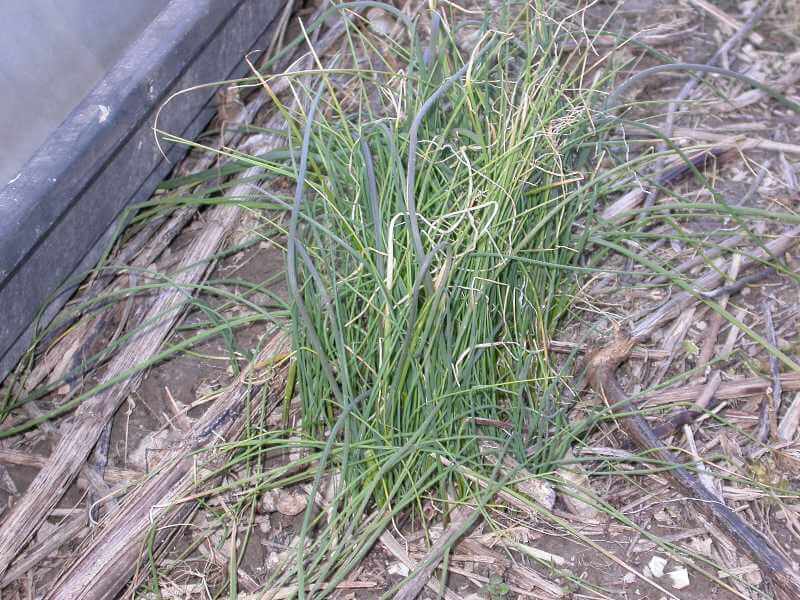
This fragrant, weed-like grass is identifiable by its tall stature and distinctive garlic or onion aroma. It’s typically unwanted on lawns due to its strong smell.
Features:
- Grows tall, fast, and in groups, making it easily recognizable.
- Flourishes in early spring and late fall.
- Can be removed using herbicides or by transplanting, including the bulb.
4. Foxtail
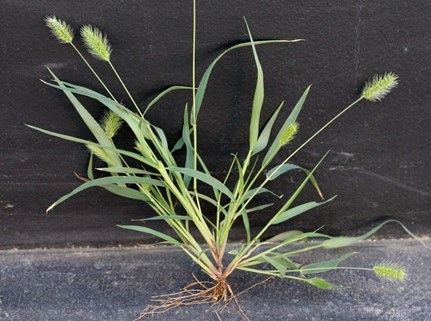
Green Foxtail, with its bottle-brush yellow flowers, is a tall weed flourishing in late summer. Its stalk-like leaves and large heads are distinctive.
Features:
- Common in gardens, with a tough germination process.
- Prefers hot soil (15° – 35°C), but can grow with sufficient sunlight.
- Difficult to manage due to seed dispersal by wind; control with herbicides or dense planting.
5. Quackgrass
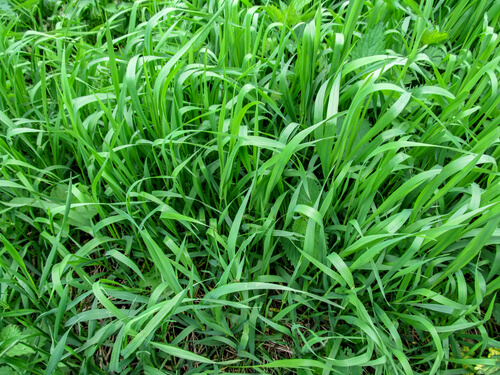
Quackgrass, an all-season grass, is resilient and growing year-round. It requires regular mowing and high-quality compost for maintenance.
Features:
- Recognizable by its coarse, finger-shaped leaves.
- Light green with blue-green patches.
- Removal involves uprooting or spot treatment methods.
6. Nutsedge
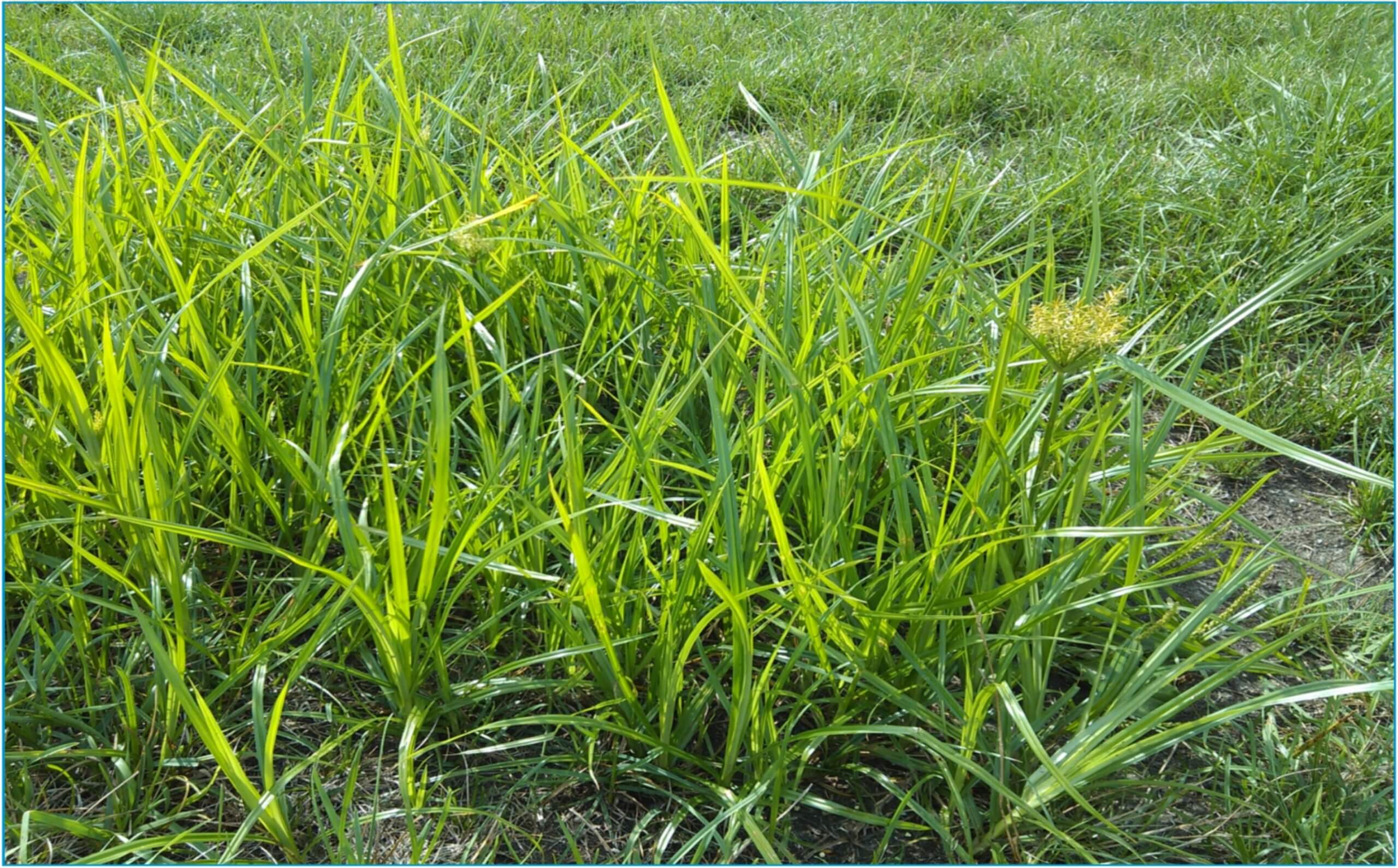
Nutsedge is a tall, light-colored, all-season weed. Its stiff roots make it challenging to manage, and it can spread rapidly.
Features:
- Rapid growth and all-season resilience.
- Can be controlled by crowding with dense grass or using targeted herbicides.
- Sprouts from both air and underground, potentially invading neighboring areas.
7. Bentgrass
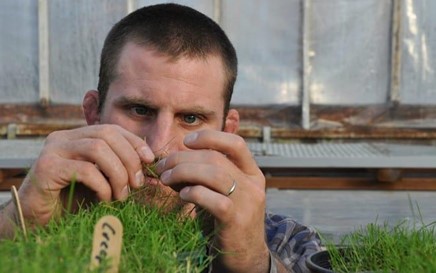
Bentgrass, a perennial, thrives in varied climates. It forms dense bunches with flat, soft leaves, widely used on golf courses.
Features:
- Dense, fine structure with a gray-green hue.
- Thick and bushy growth past 1 inch; smooths during mowing.
- Susceptible to browning in wet conditions; controlled with herbicides like Mesotrione.
8. Bromegrass
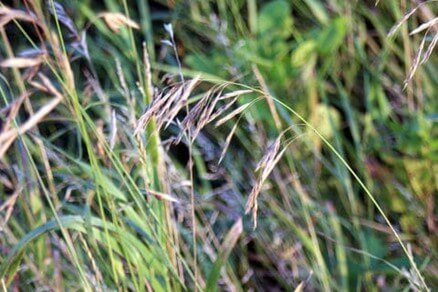
An adaptable all-season grass, Bromegrass thrives in moist, well-drained soils. Its leaves are smooth yet tough, with distinctive ‘W’ or ‘M’ shapes.
Features:
- Grows underground rhizomes, aiding in lawn coverage.
- Prevents soil erosion and drought and is heat-resistant and beneficial for livestock.
- Control by mowing less or using specific herbicides.
9. Fescue
Tall Fescue, a perennial grass with weed-like traits, is low-maintenance and shade-tolerant. It remains green year-round and is popular in the US.
Features:
- Requires minimal maintenance, offering year-long greenery.
- Known for drought and pest resistance, with rapid, vast growth.
- Removal involves shading or using herbicides.
Ways to Eliminate Weeds
When managing weeds that look like grass on your lawn, careful selection is crucial to maintain its beauty and health.
One effective strategy is to crowd out these weeds with other grass varieties, creating a lush and vibrant lawn.
This method not only suppresses the growth of unwanted plants but also enhances the overall appearance of your garden.
Another approach is spot treatment using herbicides specifically designed for the type of weed you are dealing with.
It’s important to identify the weed accurately and then apply the appropriate herbicide directly onto the affected areas.
This targeted approach helps in controlling the weeds without harming the surrounding grass.
Additionally, the pre-emergent method is a preventative measure that can be highly effective in weed control.
By applying pre-emergent herbicides at different times throughout the year, you can inhibit the growth of these weeds before they even emerge.
This method is particularly useful for persistent weeds that look like grass, as it stops them from establishing a foothold in your lawn.
Overall, a combination of crowding out with other grasses, targeted spot treatment, and strategic use of pre-emergent herbicides can be a comprehensive approach to managing weeds that resemble grass on your lawn.
This multi-pronged strategy not only controls unwanted growth but also promotes a healthy, attractive lawn.
Conclusion
Dealing with weeds that look like grass requires a strategic and informed approach to ensure a healthy and aesthetically pleasing lawn.
By understanding the specific characteristics and growth patterns of these weeds, homeowners can effectively implement methods to control and eliminate them.
Crowding out these weeds with other grass types is a natural and effective way to enhance the lawn’s density and beauty while suppressing unwanted growth.
The use of targeted herbicides offers a more direct approach, allowing for the specific treatment of these weeds without harming the surrounding grass.
Additionally, the employment of pre-emergent herbicides at key times throughout the year provides a proactive measure in preventing the emergence and spread of these weeds.
By combining these techniques, one can maintain a lush, vibrant lawn free of invasive weeds that look like grass, ultimately contributing to the overall health and attractiveness of their outdoor space.

